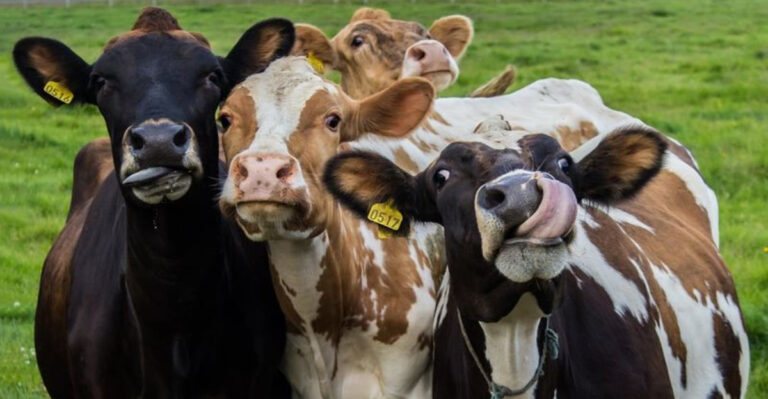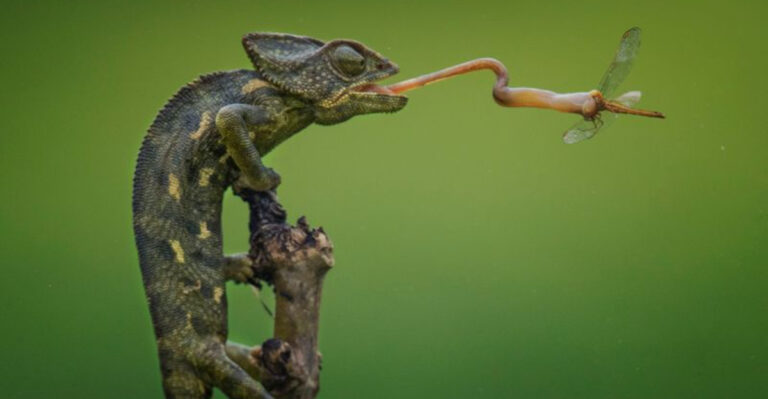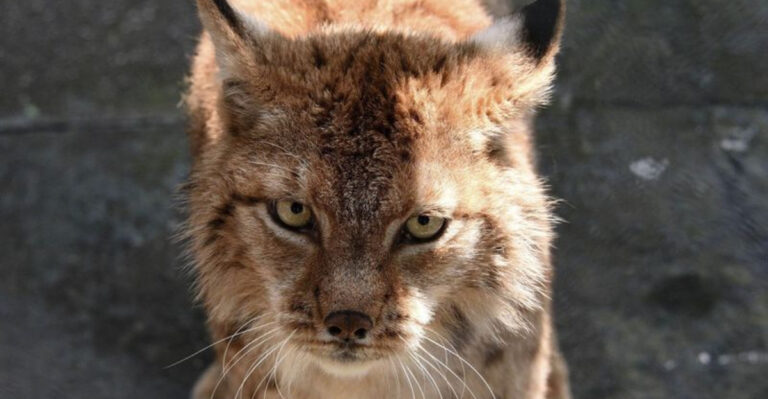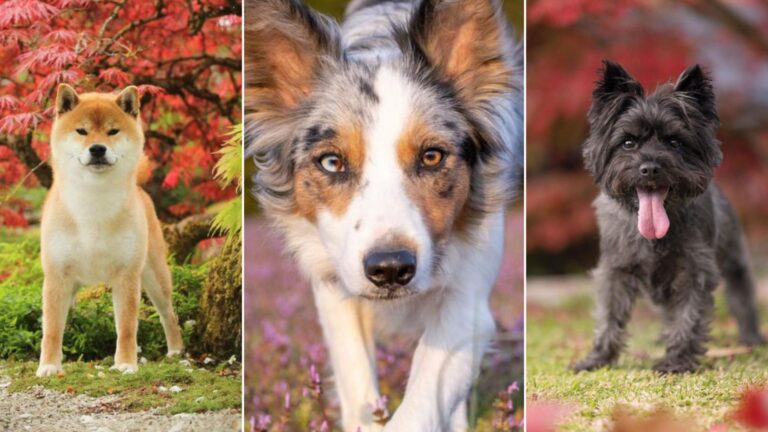14 Dangerous Wild Canines You Definitely Don’t Want To Meet
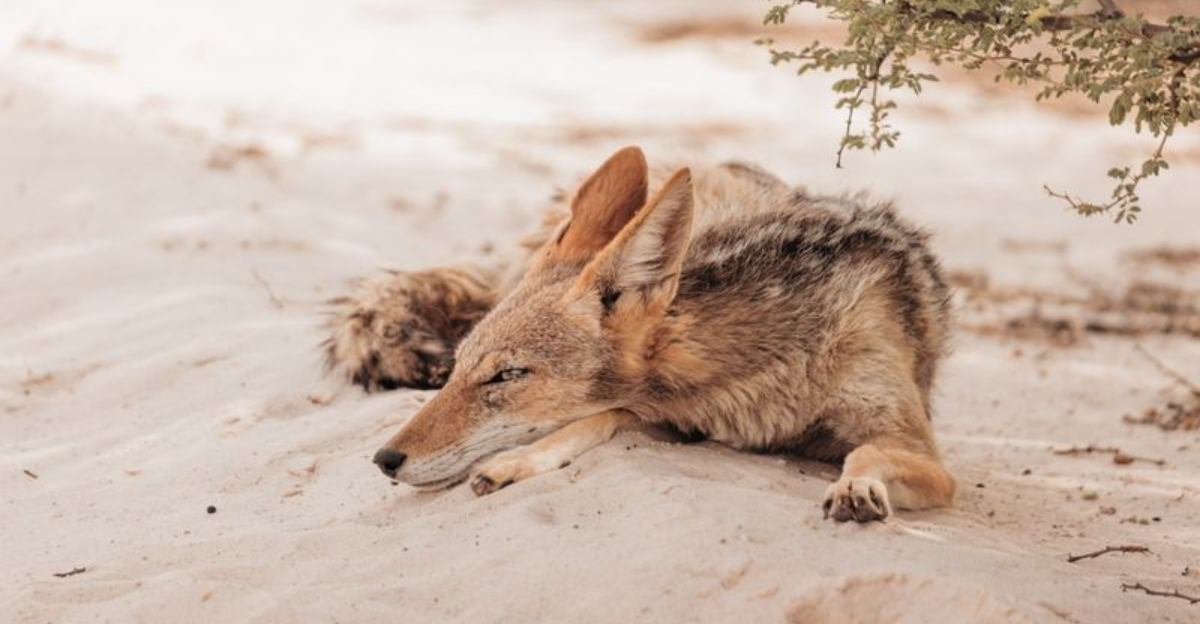
In the vast wilderness of our planet, few creatures evoke fear and intrigue like wild canines. These apex predators have adapted to thrive in diverse environments, from arid deserts to dense forests.
While many are admired for their cunning hunting tactics and social structures, some are known for their lethal capabilities.
1. Mongolian Wolf
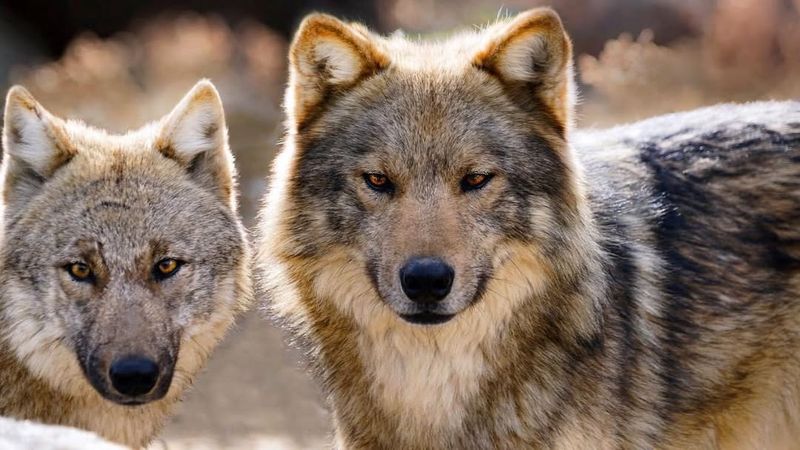
The Mongolian wolf is a highly adaptable and resilient predator that thrives in the harsh conditions of the Mongolian steppe.
Known for their ability to endure extreme temperatures and tough terrain, these wolves are skilled hunters that primarily prey on livestock and small mammals. The Mongolian wolf hunts in small packs, using their intelligence and endurance to track and catch prey over long distances.
Their aggressive nature and territorial instincts make them dangerous when defending their pack or territory, adding to the formidable presence of wolves in Central Asia’s wilderness.
2. Indian Wolf
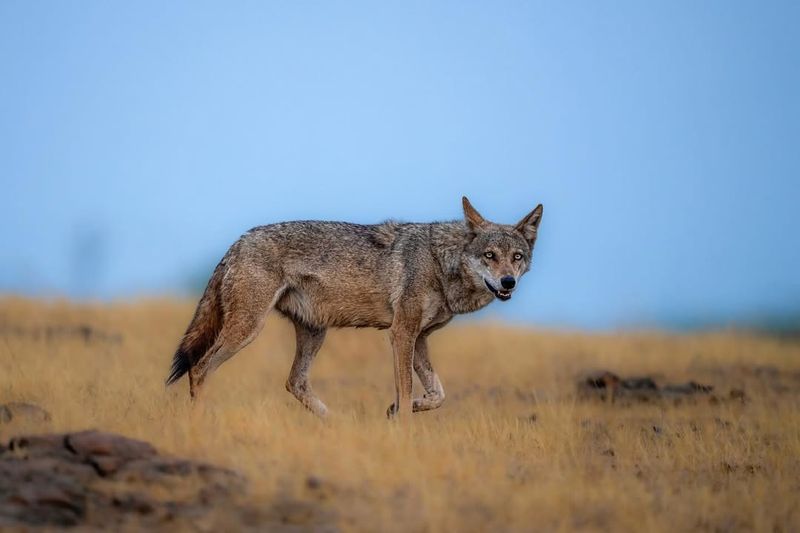
The Indian wolf is a smaller but highly dangerous species found in the Indian subcontinent. Despite their size, these wolves are efficient hunters, often preying on smaller mammals and livestock.
Their ability to adapt to a wide range of habitats, including deserts and forests, allows them to thrive in the harsh conditions of the Indian landscape.
Indian wolves are highly territorial, and encounters with humans or other predators can lead to aggressive behavior, making them a significant threat in the wild.
3. Gray Wolf
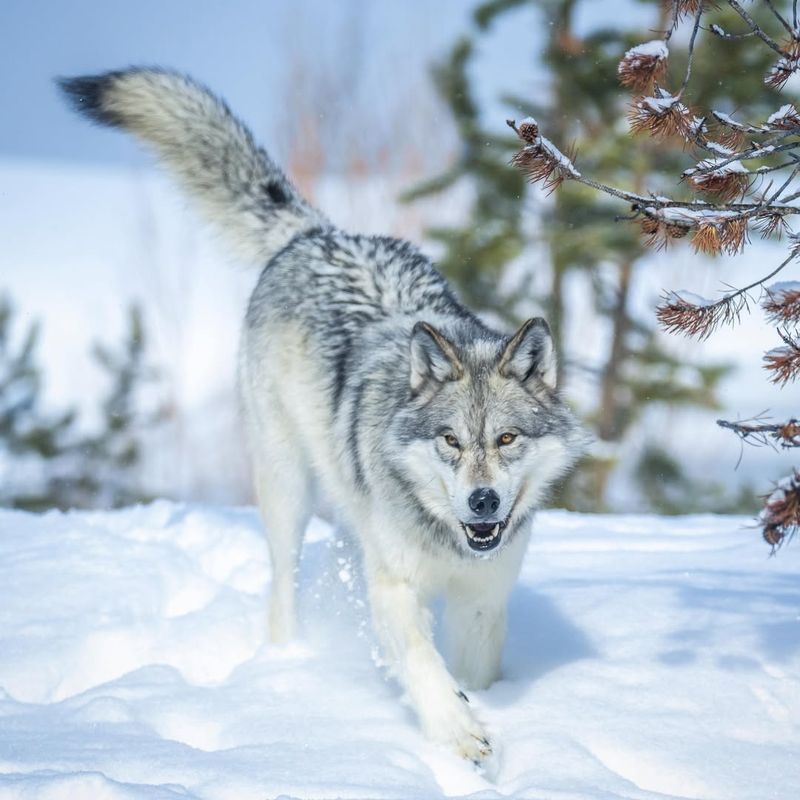
The gray wolf is an apex predator known for its strength, intelligence, and remarkable hunting tactics. Wolves are highly social animals, living and hunting in packs that allow them to take down prey much larger than themselves.
With their sharp teeth, strong jaws, and coordinated attacks, gray wolves can be incredibly dangerous when defending their pack or territory. While they typically avoid human contact, their raw power and hunting efficiency make them formidable creatures to encounter in the wild.
4. African Wild Dog
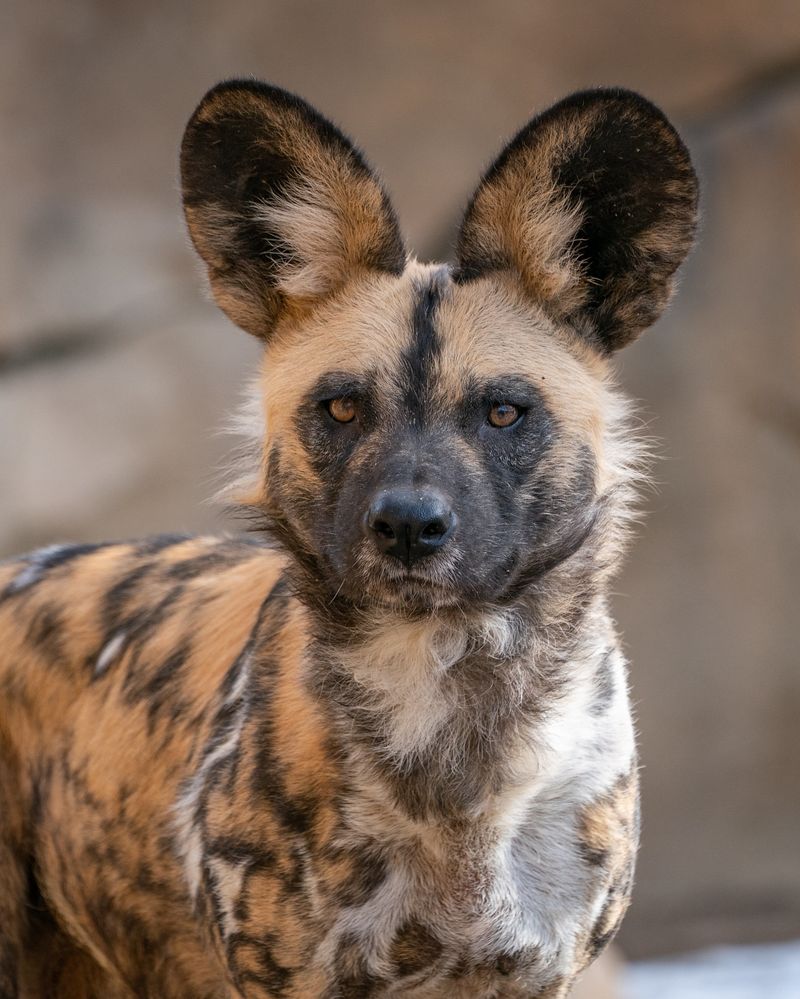
African wild dogs, also known as painted wolves, are one of the most efficient hunters in the animal kingdom. They hunt in packs with incredible coordination and speed, making them formidable predators.
Their unique hunting strategy, which involves exhausting prey through relentless pursuit, allows them to bring down animals much larger than themselves.
African wild dogs are not only dangerous for their hunting skills but also for their tenacity in protecting their territory and pack.
5. Dhole
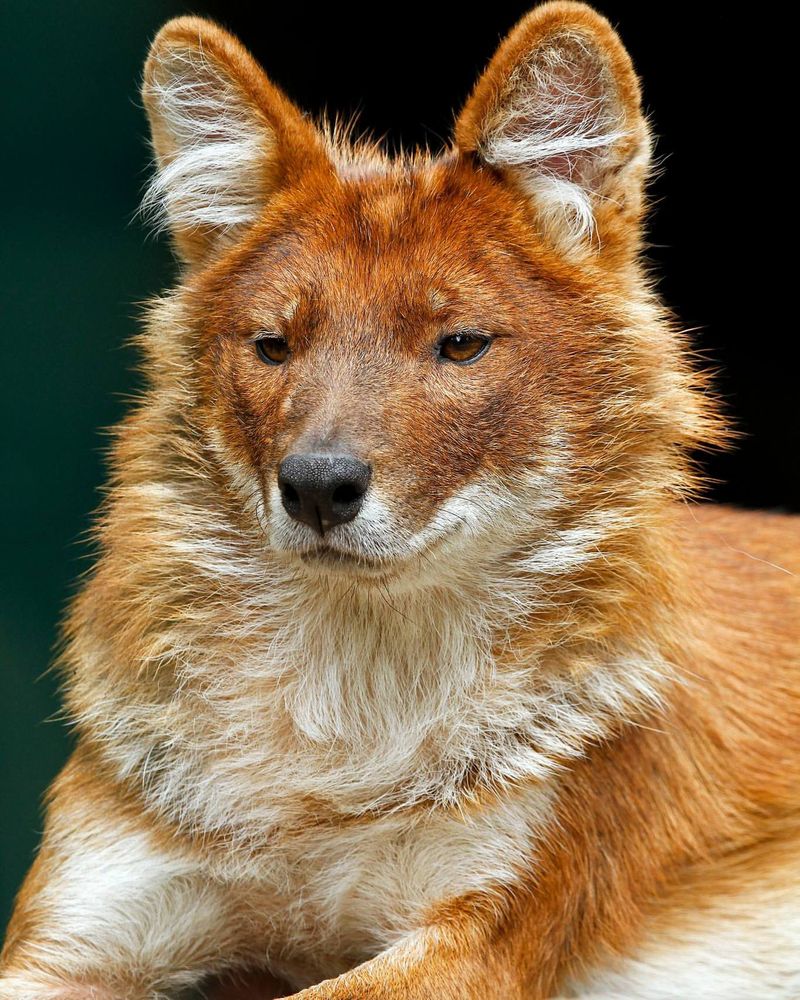
Dholes, also called Asian wild dogs, are dangerous predators with a highly social and cooperative hunting style.
Found in the forests and grasslands of Asia, dholes work together in packs to outwit and overpower prey, often hunting in groups of up to 10 or more individuals.
Their sharp teeth and exceptional stamina make them lethal, and their ability to hunt in such tight coordination only amplifies their threat. Dholes may also be protective of their pack, making encounters with them potentially very risky.
6. Maned Wolf
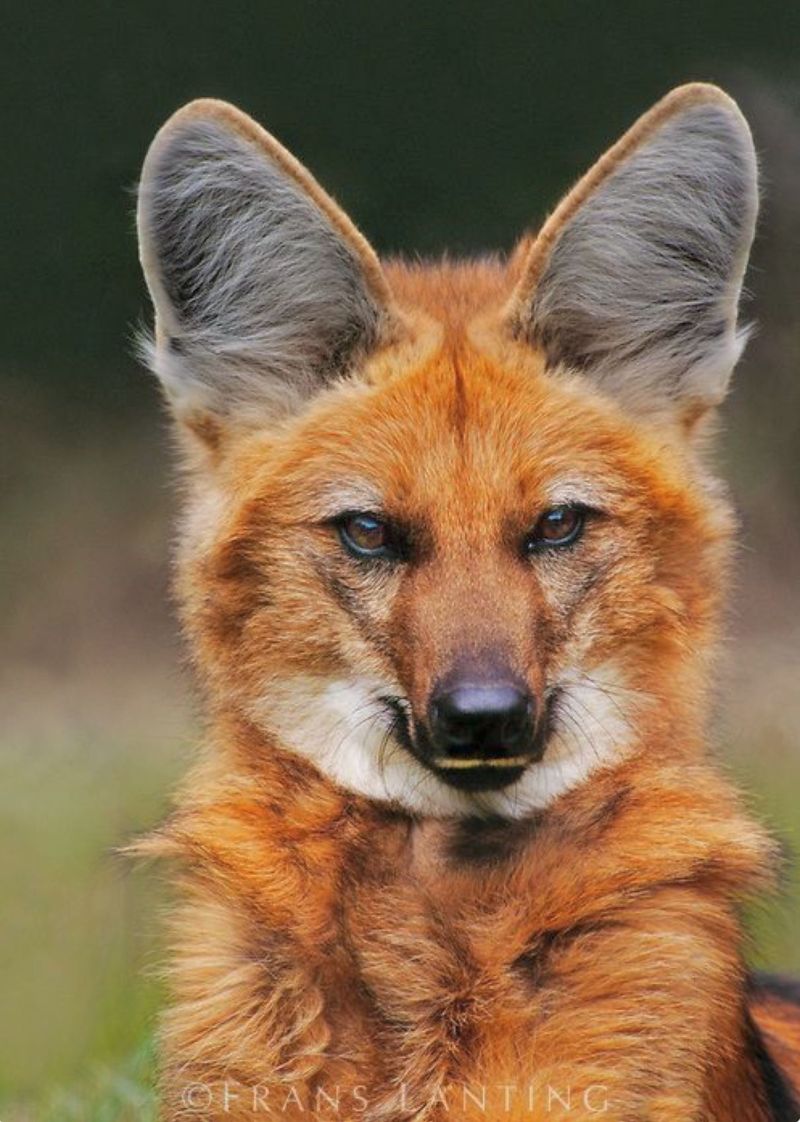
While the maned wolf is often regarded as an oddity due to its long legs and unique appearance, it is still a dangerous predator in its own right.
Native to South America, maned wolves are solitary hunters who rely on their keen sense of smell to track down smaller prey.
Though they generally avoid humans, they can be highly protective of their territory and are capable of defending themselves if threatened. Their agility and intelligence make them formidable in the wild.
7. Coyote
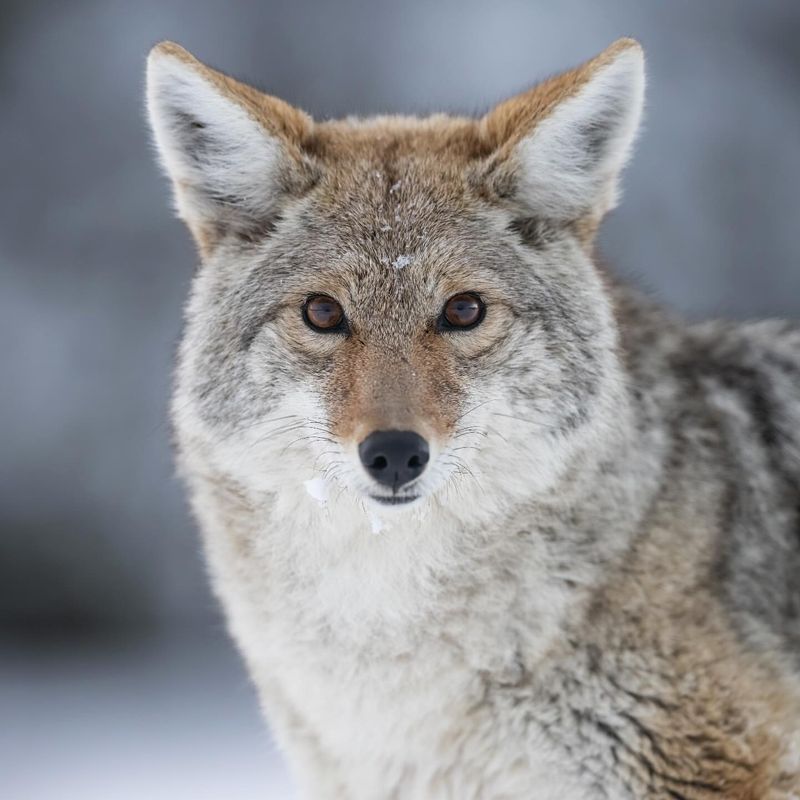
Coyotes are one of the most widespread canines in North America, and while they are typically wary of humans, they can be dangerous if they feel threatened or cornered.
Coyotes are opportunistic hunters, preying on smaller animals like rodents, birds, and even pets. In packs, they can be much more dangerous, exhibiting coordinated attacks that can overwhelm larger prey.
Their cunning nature and adaptability make coyotes incredibly resourceful and unpredictable in the wild.
8. Jackal
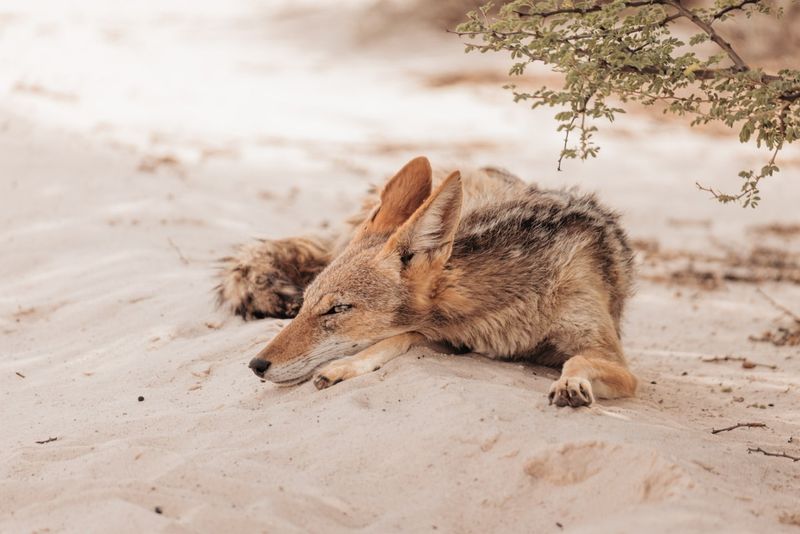
Jackals are scavengers and hunters that roam the savannas and deserts of Africa and Asia. Known for their adaptability and cunning, jackals are capable of taking down small to medium-sized prey.
While they usually hunt in pairs or small groups, they can also scavenge carcasses from larger predators like lions or hyenas.
Though they are generally shy, jackals can be dangerous if they feel cornered, especially if they are protecting their young or territory.
9. Ethiopian Wolf
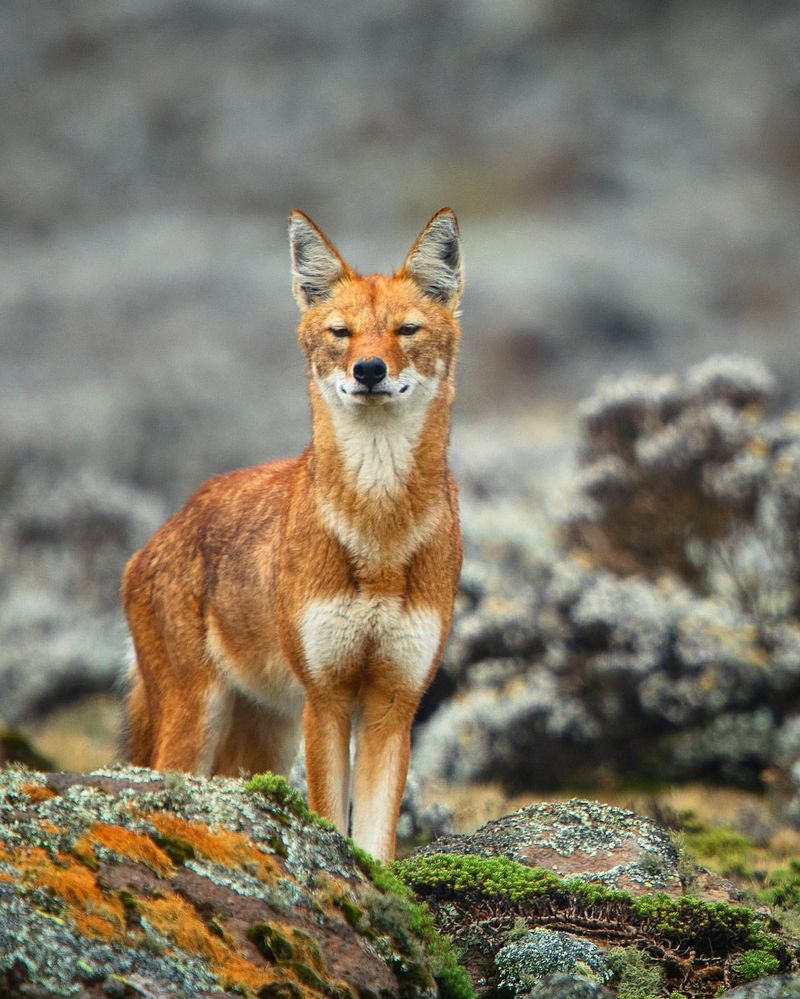
The Ethiopian wolf, the rarest wolf species in the world, is a highly dangerous predator in its native highland habitat. While they primarily hunt rodents, their hunting skills and agility allow them to tackle larger prey if necessary.
These solitary wolves are incredibly territorial, and despite their shyness, they can become aggressive if they feel threatened. Their sharp teeth and powerful jaws make them formidable opponents in their harsh mountain environment.
10. Red Wolf
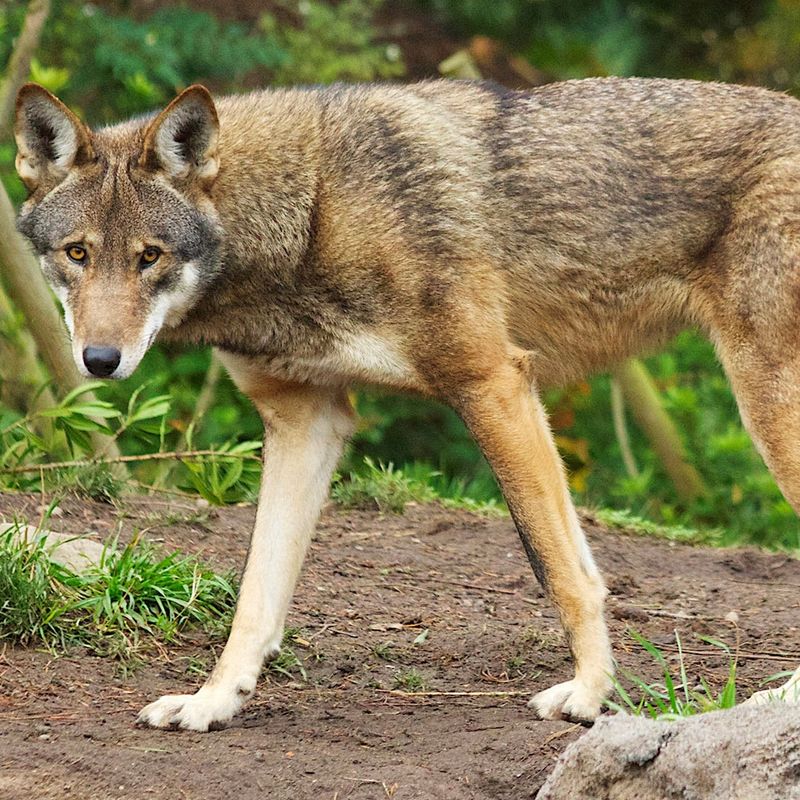
Red wolves, native to the southeastern United States, are highly endangered but still pose a threat when encountered in the wild. These wolves are highly territorial and can be aggressive when protecting their den or pack.
With powerful jaws and sharp teeth, red wolves are skilled hunters, preying on smaller mammals and occasionally larger animals.
Though they are often reclusive and shy, their protection of territory and pack makes them a dangerous animal to approach.
11. Bush Dog
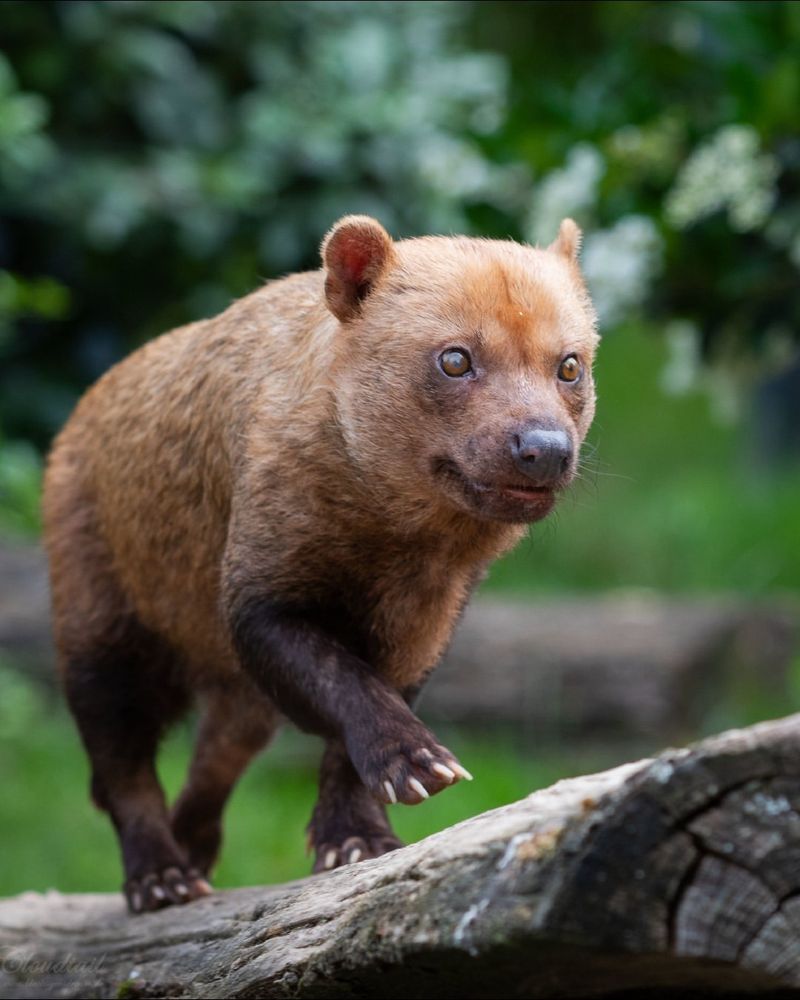
Bush dogs, native to the forests of South America, are small but formidable predators. Known for their pack behavior, bush dogs rely on teamwork and agility to catch prey.
Their strong jaws and efficient hunting strategies make them a threat to smaller mammals, and although they are relatively rare, their quick and coordinated attacks can be dangerous.
Bush dogs are highly protective of their pack and will defend their territory against intruders.
12. Raccoon Dog
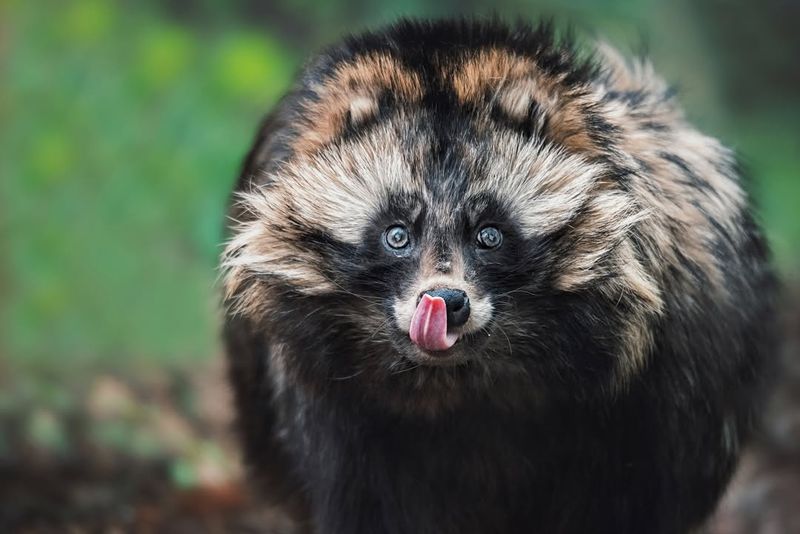
Raccoon dogs, or tanukis, are native to East Asia and are known for their resemblance to raccoons. While generally non-aggressive, raccoon dogs can be dangerous when threatened, particularly if they are protecting their territory or young.
They have sharp teeth and claws that they use to defend themselves, and they can become aggressive when startled. Raccoon dogs are also known to carry diseases like rabies, which can make them even more dangerous in close encounters.
13. Dingo
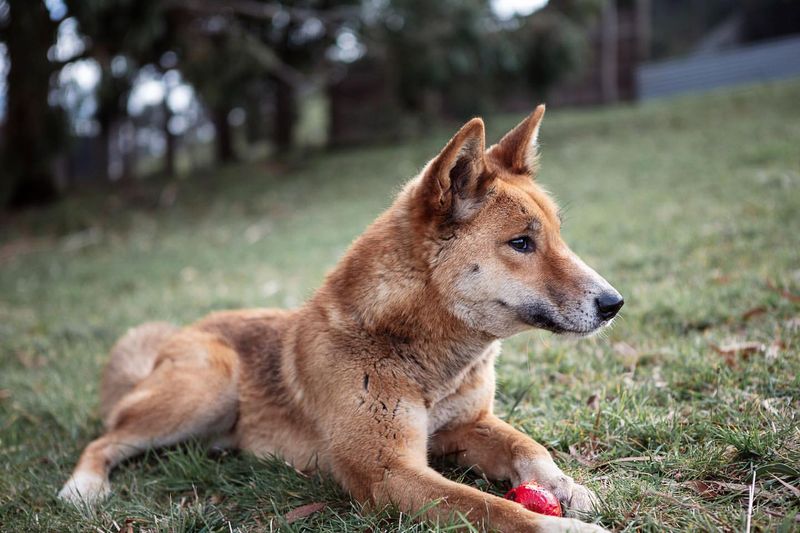
Dingoes are wild dogs native to Australia, and they are capable predators known for their intelligence and adaptability.
While they are typically shy and avoid human contact, dingoes can be dangerous, especially when food is scarce or they feel threatened.
Dingoes hunt in packs, and their strategy for taking down prey involves endurance and teamwork. Their ability to survive in harsh conditions makes them formidable hunters in the Australian wilderness.
14. Black-backed Jackal
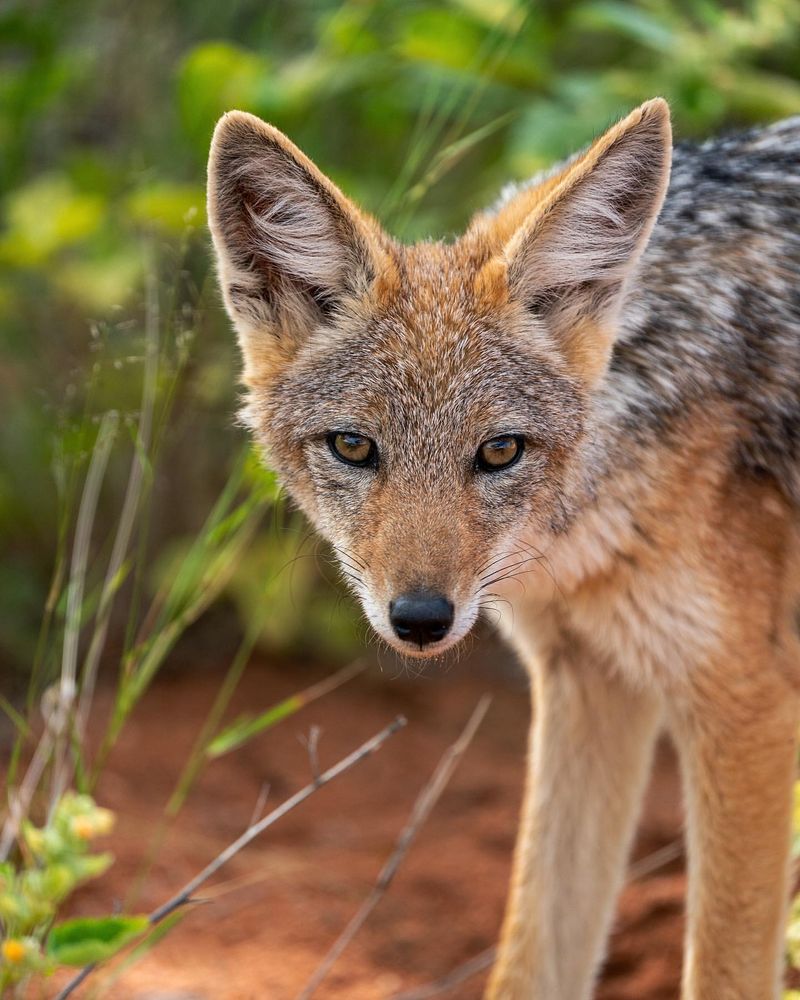
The black-backed jackal, found across sub-Saharan Africa, is a highly adaptable and cunning predator. Known for its scavenging behavior, the black-backed jackal can be dangerous when defending its territory or young.
Although they generally hunt alone or in pairs, these jackals can take down larger prey with their sharp teeth and quick reflexes. Their ability to live in harsh environments and work together when necessary makes them a formidable predator in the wild.

